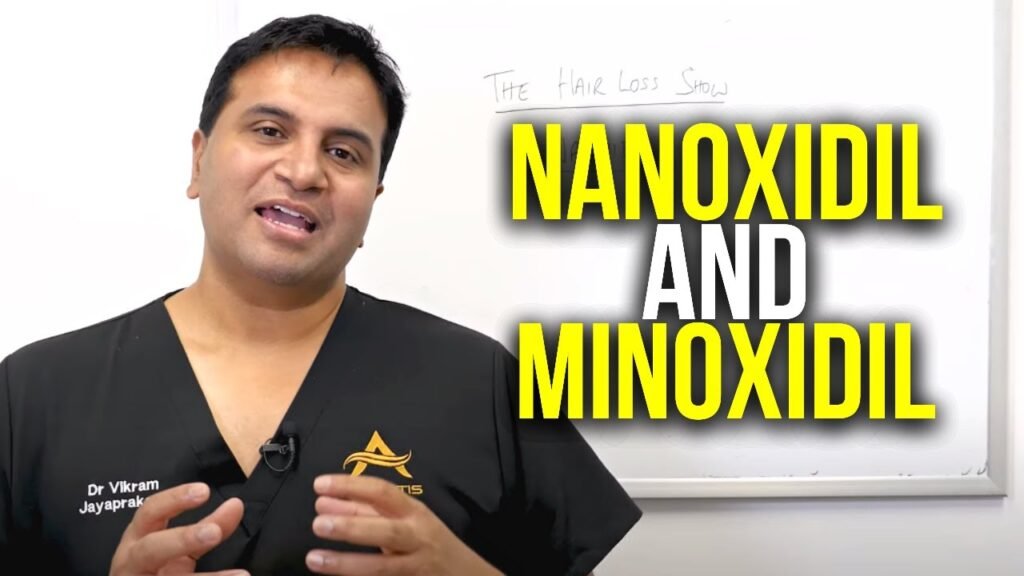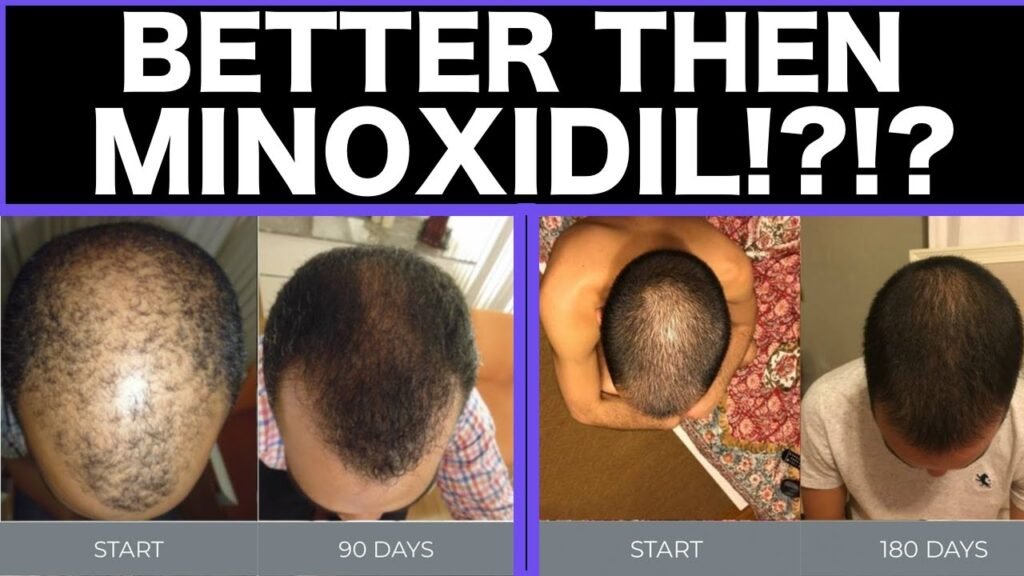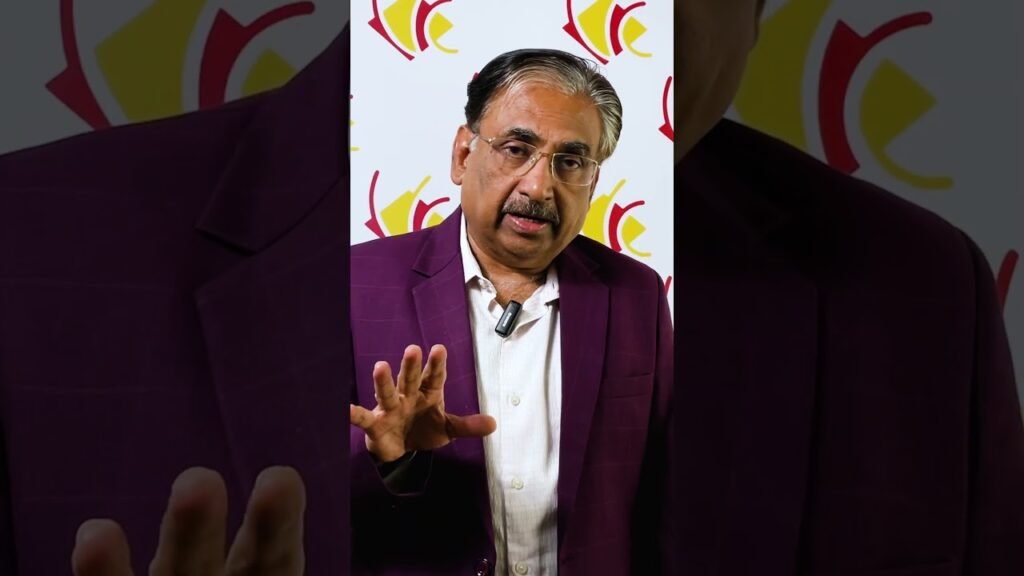Comparing results from Minoxidil vs nanoxidil
When it comes to hair loss treatments, both Minoxidil and Nanoxidil have gained popularity for their effectiveness in promoting hair growth. Minoxidil, a well-known topical treatment, has been extensively studied and is FDA-approved for treating androgenetic alopecia, commonly known as male or female pattern baldness. On the other hand, Nanoxidil is a newer compound that has been developed to offer a similar mechanism of action but with potential improvements in formulation and absorption.
Effectiveness and Mechanism of Action
Minoxidil works by widening blood vessels and opening potassium channels, which improves blood flow to hair follicles, thereby promoting hair growth. Its efficacy is well-documented, with many users experiencing significant hair regrowth after consistent use. However, it may take several months to see visible results, and continued application is necessary to maintain hair density. In contrast, Nanoxidil, while not FDA-approved, is designed to have a similar effect on hair follicles but with a lower molecular weight. This difference potentially allows for better penetration and absorption into the scalp, which may lead to quicker results for some users. However, comprehensive clinical trials comparing the two are limited, and much of the evidence supporting Nanoxidil is anecdotal.
Side Effects and User Experience
Both Minoxidil and Nanoxidil have their share of side effects, although they are generally considered safe for most users. Minoxidils common side effects include scalp irritation, dryness, and unwanted facial hair growth in some cases. Because Nanoxidil is formulated to be less irritating, users may experience fewer scalp-related issues. Some individuals report that Nanoxidil feels less greasy and is more comfortable for daily use, which could enhance user compliance. Nonetheless, its essential for users to monitor their reactions to either treatment and consult with a healthcare professional if adverse effects occur.


